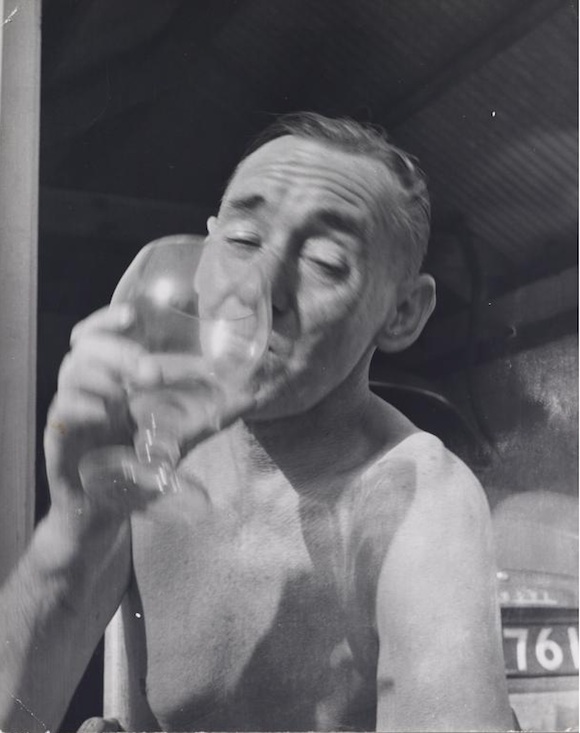
//Deakin drinking, 1960s. John Deakin, courtesy Robin Muir//
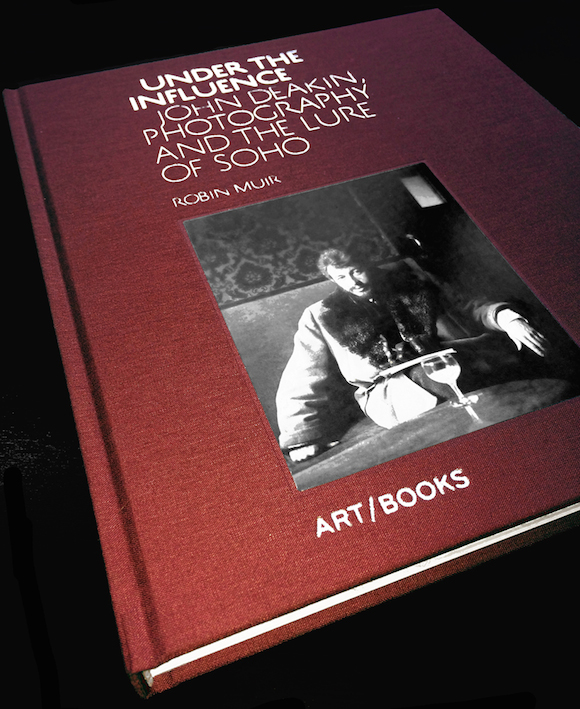
//The cover of the new book features this 50s portrait of author JP Donleavy//
“The second nastiest little man I have ever met” – Barbara Hutton
“He was a member of photography’s unhappiest minority whose members, while doubting its status as art, sometimes prove better than anyone else that there is no doubt about it” – Bruce Bernard
The documentary portraiture of British fashion photographer John Deakin from the 1940s to his death in the early 70s is poised for a fresh round of appraisal with next week’s opening of the exhibition Under The Influence at London’s Photographers’ Gallery.
This coincides with the publication of Robin Muir’s companion book of the same title.
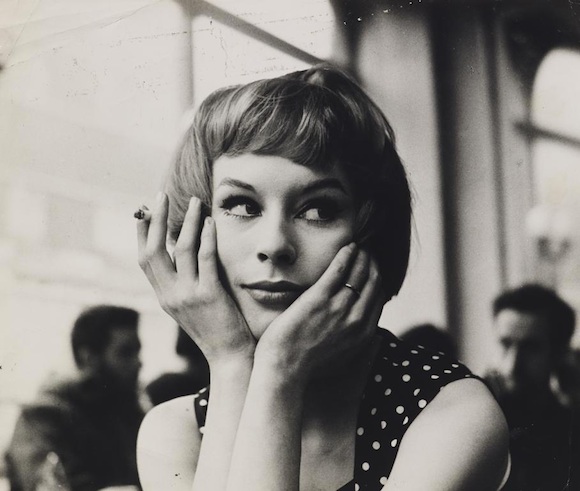
//Girl In Cafe, late 1950s. (c) John Deakin, The John Deakin Archive 2013//
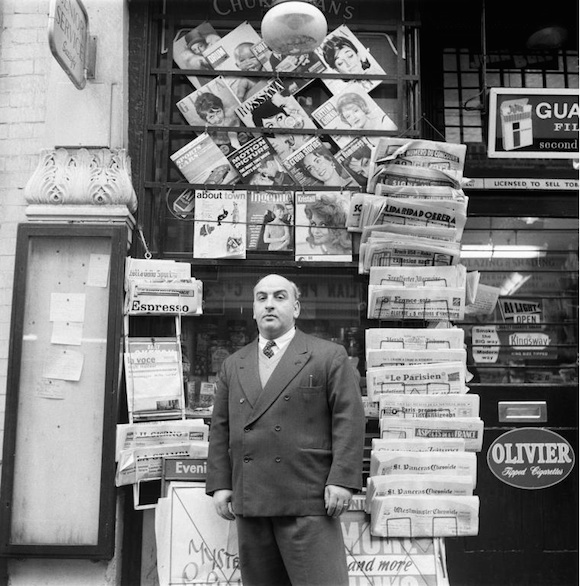
//Tony Abbro of Abbro & Varriano, newsagents, 48 Old Compton Street, Soho, 1961. (c) John Deakin, The John Deakin Archive 2013//
Muir is Deakin’s foremost proponent, responsible for 2002’s A Maverick Eye. This collected Deakin’s so-called “street photography” in London and on the Continent compiled during bouts of employment for British Vogue. As the title suggests, the new book focuses on the inhabitants of the stamping ground most associated with Deakin’s lush life: Soho.
On Deakin’s death in May 1972, his friend and subject Bruce Bernard rescued what comprises Deakin’s body of work in this field from a set of tatty cardboard boxes under the bed in his Berwick Street flat.
Read the rest of this entry »
Tags: A Maverick Eye, Abbro & Varriano, Art/Books, Berwick Street, British Vogue, Bruce Bernard, Cambridge Circus, Dean Street, Jeffrey Bernard, John Deakin, JP Donleavy, Photographers Gallery, Robin Muir, Tony Abbro, Under The Influence
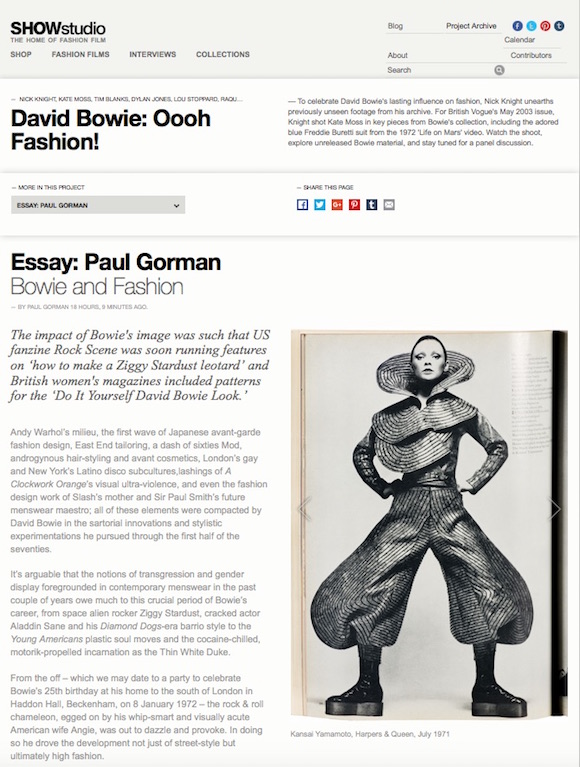
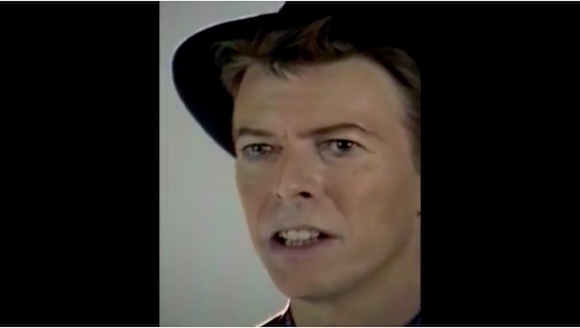
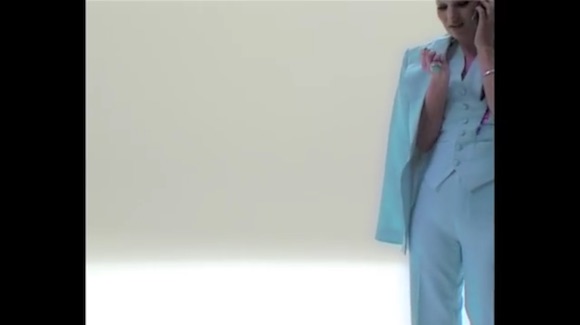

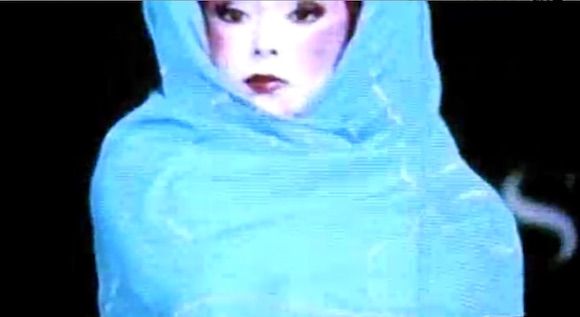

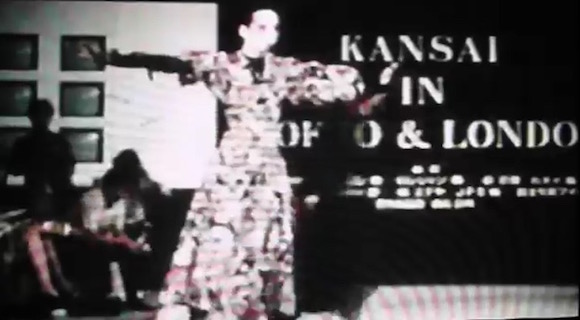

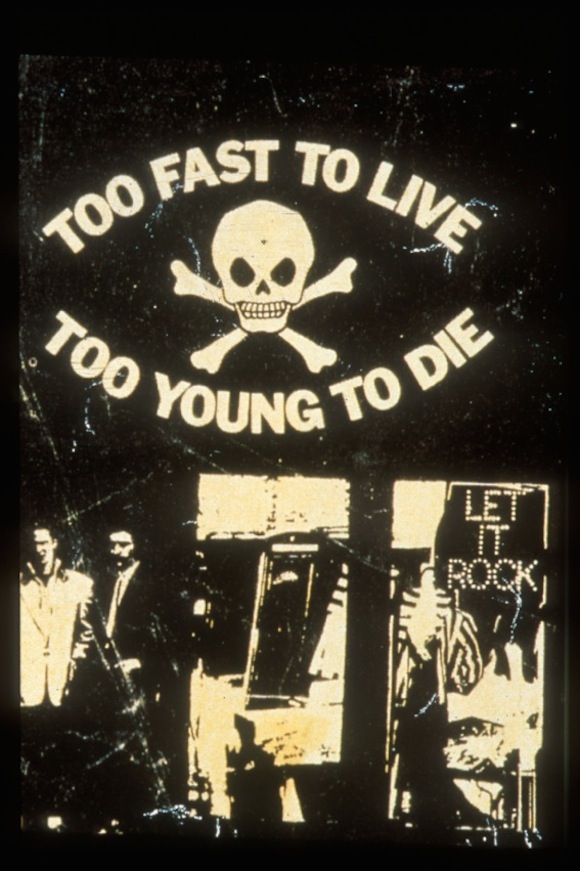
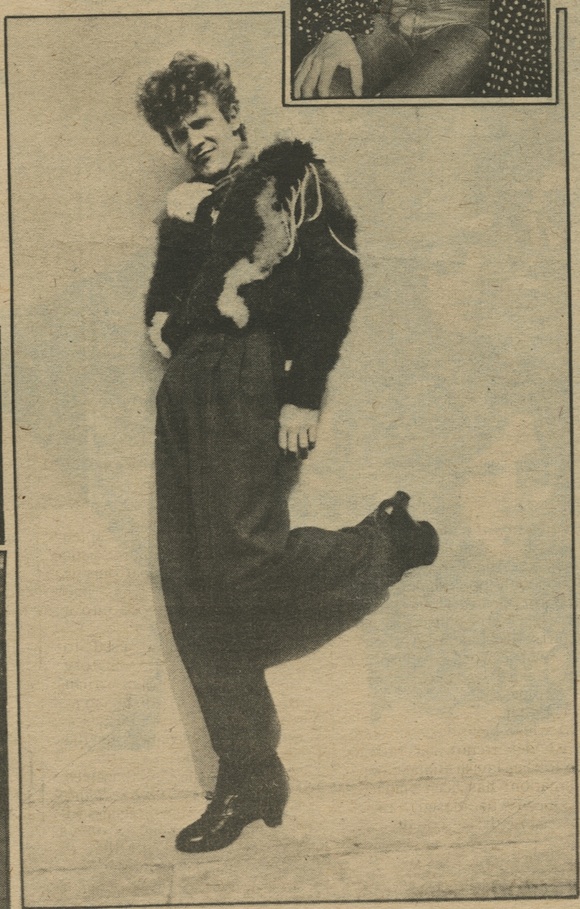





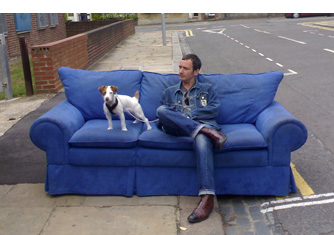






Recent Comments